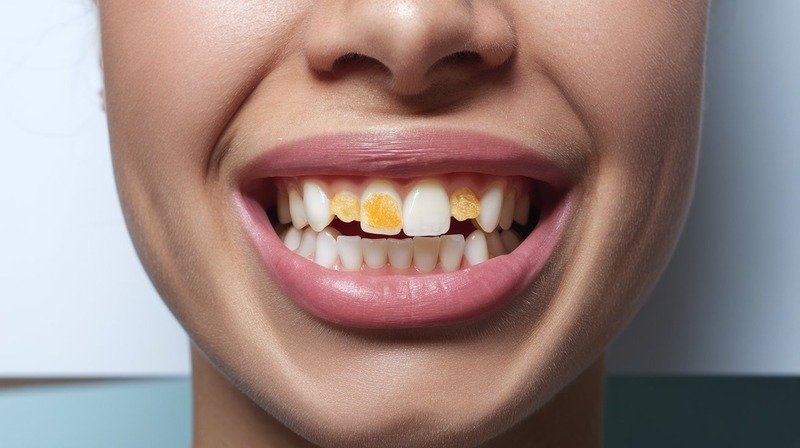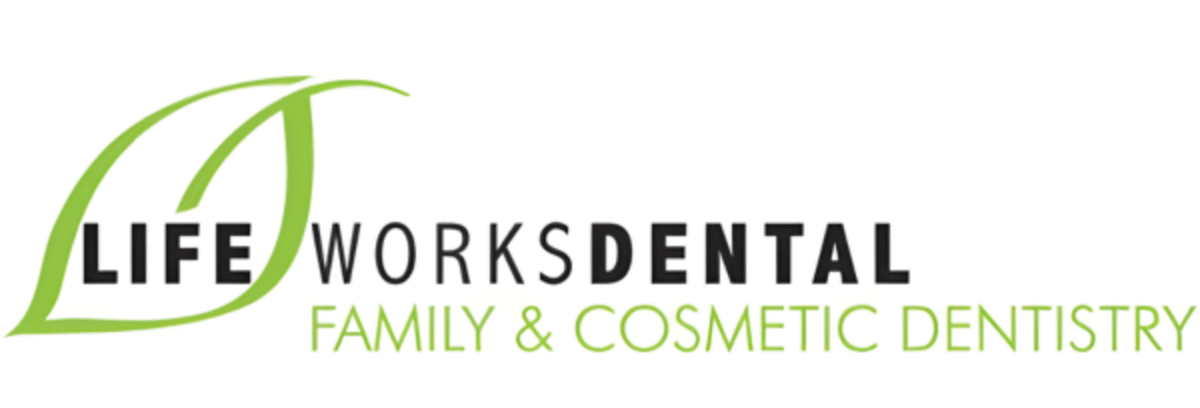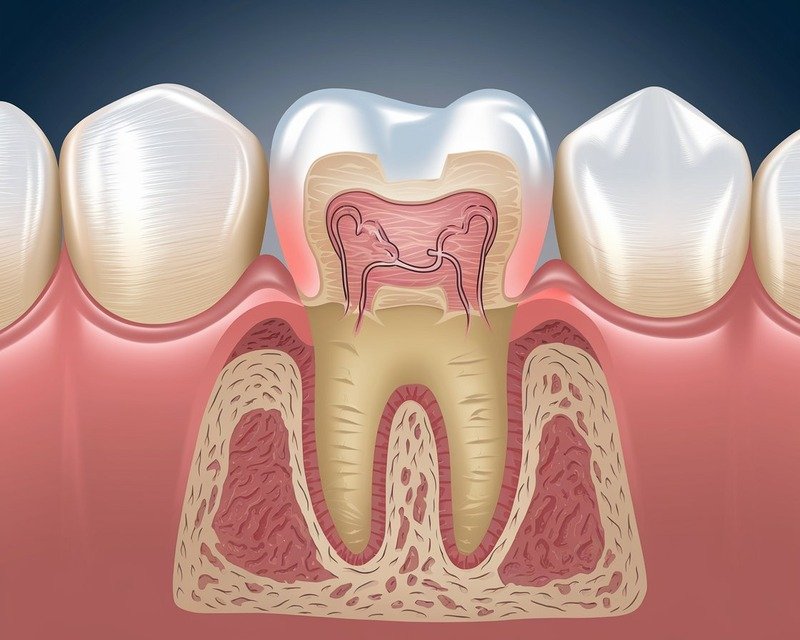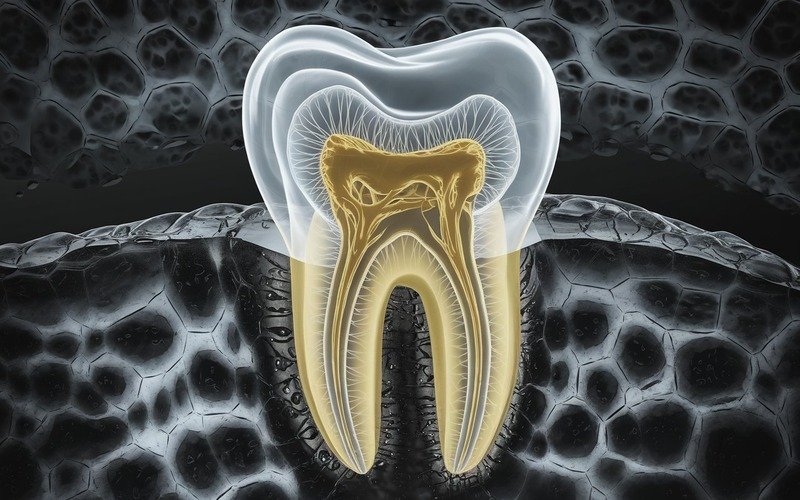
You know that moment when you take a sip of ice-cold water and suddenly feel a sharp, uncomfortable zap of pain shooting through your tooth? That’s not just random-it could be a sign that your tooth enamel is wearing down. Most people don’t realize that the hard, protective layer covering their teeth isn’t invincible.
In fact, it’s pretty fragile and can start breaking down without you even noticing. This guide is going to break down everything you need to know about tooth enamel erosion. We’ll explore what causes it, how to spot the early warning signs, and most importantly, how to stop it before it becomes a major dental nightmare.
What Exactly Is Tooth Enamel (And Why Should You Care)?
Envision the protective layer over your tooth – that is, tooth enamel in a nutshell. This super-thin but incredibly tough layer is like a knight’s shield, standing guard over the delicate inner structures of your teeth. It’s the hardest tissue in the human body, even tougher than bone, and serves as your teeth’s first line of defense against whatever you eat and drink.
Most people don’t think of their tooth enamel until something goes wrong with it. This nearly microscopic layer works nonstop to keep your teeth strong, smooth, and protected from decay, sensitivity, and damage.
It’s the unsung hero of oral health, battling acids and daily wear and tear like a superhero in a secret lair. Enamel is not just strong but also smart, outmaneuvering potential threats to keep buffs the same.
Sneaky Culprits: The Everyday Things Destroying Your Tooth Enamel
Most people don’t understand this: their daily routine might be destroying tooth enamel. The health-services operating arm of the American Dental Association says tooth enamel’s main enemies are acidic food and drink. We’re not just talking about the obvious culprits-soda pop, for instance, which has an acidity most people don’t associate with it. Dissolve a bit of enamel in some soda and you might not be able to tell which part is the drink and which part is the tooth.
However, it’s not just about your diet. Your brushing technique could be doing more harm than good. Aggressive brushing might lead you to think you are giving your teeth a deep clean, but you are really better off with a less vigorous and just as effective technique.
It is also important to be aware of any hidden medical conditions that could be eroding the enamel of your teeth without your knowledge, like gastritis or undiagnosed eating disorders.
You May Like: Why Do My Teeth Feel Loose Sometimes?
How Diet Plays a Massive Role in Tooth Enamel Destruction
What does this mean for your diet? Some foods are almost the same as being told to put something in our mouths that will destroy our teeth. They are some of the most popular foods and drinks consumed by many of us. They are the must-have items in our pantries and refrigerators.
They are also the acts of self-sabotage. The things that go into our mouths that will supposedly half-kill us, as we are told. We can’t help it; they’re delicious. And sometimes, we can’t even tell they’re doing us harm because they taste good or are marketed as healthy.
Foods rich in starch aren’t blameless, either. Bread, chips, and other refined carbs get digested into simple sugars that nourish the bad bacteria in your mouth. These bacteria then produce acid as a byproduct, which swings and knocks your enamel off (quite literally). It’s like serving up a tiny dish of war every time you eat.
Warning Signs Your Tooth Enamel Is In Trouble
Increased roughness, discoloration, or teeth that seem to have worn or rounded edges are more than just subtle changes. These signs are red flags that signal something’s wrong-even if your teeth aren’t sensitive. They could indicate that your enamel is being worn down at a dangerous rate.
Your teeth may be more susceptible to harm. They may look yellower (since the white enamel is thinning and revealing the darker dentin underneath), feel more sensitive to hot and cold (since exposed dentin is more sensitive and usually a sign a tooth is in trouble), and may be more easily worn down. And again, this isn’t to say these scenarios are happening all over the place.
Practical Steps to Protect and Rebuild Your Tooth Enamel
Now, let’s discuss safeguards. To begin with, the way you brush your teeth counts for a lot more than you might realize. It is important to use a toothbrush with soft bristles.
It is even more important to use those bristles in a way that doesn’t scrub too hard, so that enamel doesn’t wear down. If you really want to boost your brushing, consider a toothpaste with some kind of remineralizing action to strengthen your teeth.
Your secret weapon is your diet. Limit foods that are acidic and sugary, and when you do eat them, rinse your mouth with water afterward. Try to eat more calcium-rich foods, like dairy, greens, and nuts, which can help strengthen your enamel.
And here’s a tip: Wait at least 30 minutes after consuming acidic foods before you brush to avoid further damaging your enamel.
Keep hydrated, drink with a straw when having drinks with a low pH, and consider asking your dentist at LifeWorks Dental if additional protective treatments would be wise.
These are all about minimizing the contact that those drinks make with your teeth, and these strategies can go a long way in maintaining what’s left of your enamel. You can also check out our location on Google Maps to schedule a consultation.
Conclusion
Your tooth enamel might seem tough, but it’s actually pretty delicate. By understanding what damages it and taking proactive steps, you can keep your smile healthy and strong for years to come.
Remember, prevention is always easier (and cheaper) than repair.



